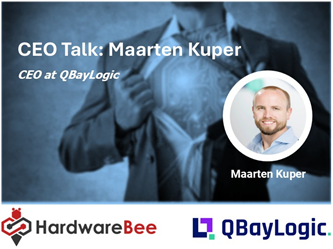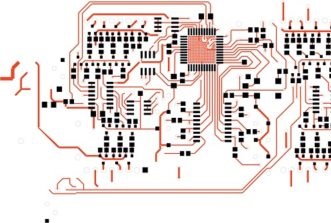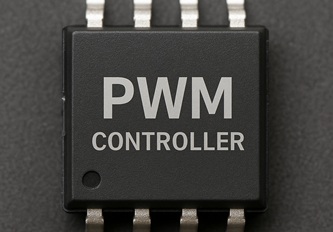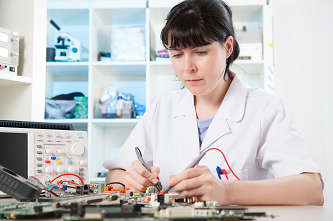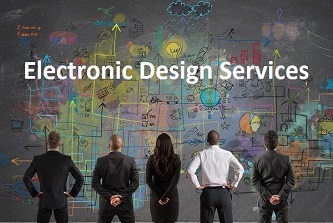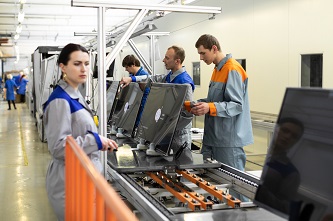This website uses cookies so that we can provide you with the best user experience possible. Cookie information is stored in your browser and performs functions such as recognising you when you return to our website and helping our team to understand which sections of the website you find most interesting and useful.
Top ten EV battery suppliers in 2024
CATL in China retained its top spot as the largest supplier of EV battery cells in 2024 in a market that grew 27% by volume.
However BYD is growing faster at a rate of 37% to ship 153GWh, compared to 31% growth to 339GWh at CATL, twice the energy volume, according to a report from SNE in Korea.
SNE tracks the sales of different models of electric vehicle in 80 countries to determine the shipment of battery systems. From January to December 2024, the amount of energy held by batteries for electric vehicles worldwide, including hybrids, was approximately 894.4GWh, a 27.2% year on year growth.
Major Chinese OEMs, such as ZEEKR, AITO, and Li Auto in the Chinese domestic market use CATL batteries, as do Tesla, BMW, Mercedes-Benz and VW for some of their models. It shipped its first cells from its European factory at the end of 2022 and is building a $4bn battery gigafactory in Spain.
BYD sold 4.14 million of its own EVs in 2024 using its Blade battery and expects to sell 6m in 2025.
- BYD sets up Hungarian EV plant, buys Jabil factories
- CATL launches Bedrock skateboard chassis
Overall, the global EV battery market was in an upward trend in 2024, but there are local differences found in different regions. The Chinese companies have been expanding their global market shares based on their strong holds in the Chinese domestic market, but there are tariffs being applied to shipments to the US and Europe as well as the impact of the Inflation Reduction Act in the US and deals in Europe to boost domestic production.
LG Energy at number three supplies Tesla, followed by VW, Chevrolet, and Ford. Due to the increase in sales of models equipped with LG Energy Solution batteries, Tesla’s usage of LG Energy Solution batteries increased by 9.6%. In particular, the battery usage by facelifted Model 3 increased by 47.0% from last year, which was quite noticeable. Other than these, Chevrolet’s usage of LG Energy Solution batteries increased by 24.0% through more sales of the Chevrolet Equinox, Blazer, and Silverado EV which use the GM Ultium battery platform.
SK On at number 5 saw battery systems installed in EV models made by Hyundai Motor Group, followed by Mercedes-Benz, Ford, and Volkswagen. The IONIQ 5 and EV6 saw a slowdown in sales at the beginning of 2024, but they saw a gradual recovery in sales after new versions were released. In addition, Kia’s EV9 saw a 235.9% increase in battery usage thanks to an expansion in overseas sales. Mercedes-Benz’s compact SUV EQA and EQB, to which SK On’ battery was installed, posted steady sales similar to the same period of previous year.
Ford’s F-150 Lightning and VW’s ID.7 recorded favourable sales, having a positive impact on increases in the usage of battery made by SK On.
Panasonic at number 6 posted an 18.0% YoY fall to 35GWh as a result of the a decline in sales of the Tesla Model 3. However it is expected to rapidly regain its market share mainly focusing on Tesla in the North American market by launching its 2170 and 4680 cells that are supplied to Tesla. It is working with UK silicon materials supplier Nexeon and with Sila Nano in the US on cells with a higher capacity up to 1000Wh/l.
- Panasonic finally looks to European battery plant
Battery packs from Samsung SDI at number 7 are mainly used in BMW, followed by Rivian and AUDI. BMW has these in the i4, i5, i7, and iX, and the i5, released at the end of 2023, which sold well in the market. It also has a joint venture with Stellantis in the US.
Even though Rivian posted a steady sale of R1S and R1T in the US, the release of standard-range trim with LFP battery installed had a negative impact on the volume shipped. Audi saw a decrease in sales of Q8 e-Tron, leading to a 30.9% decline in the usage of Samsung SDI’s battery compared to the previous year.
The report encourages Korean battery makers to consider various strategies such as diversification in supply chain, cost reduction, and technology innovation as well as establish strategic partnerships.
“Current players in the battery industry should move forward beyond simply expanding its production capacity and possess core competitiveness based on differentiated technology and establishment of sustainable supply chain,” says the report.






